
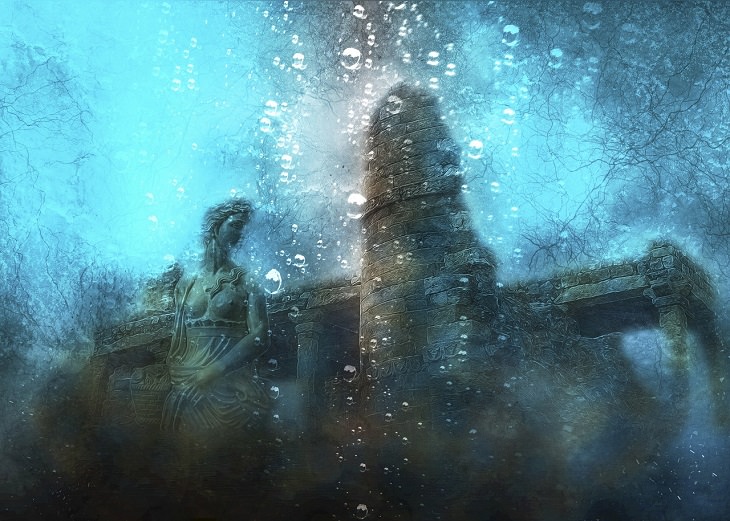
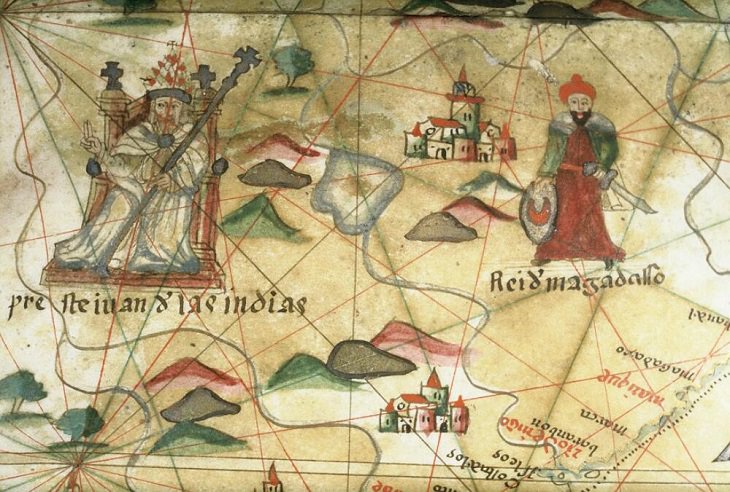
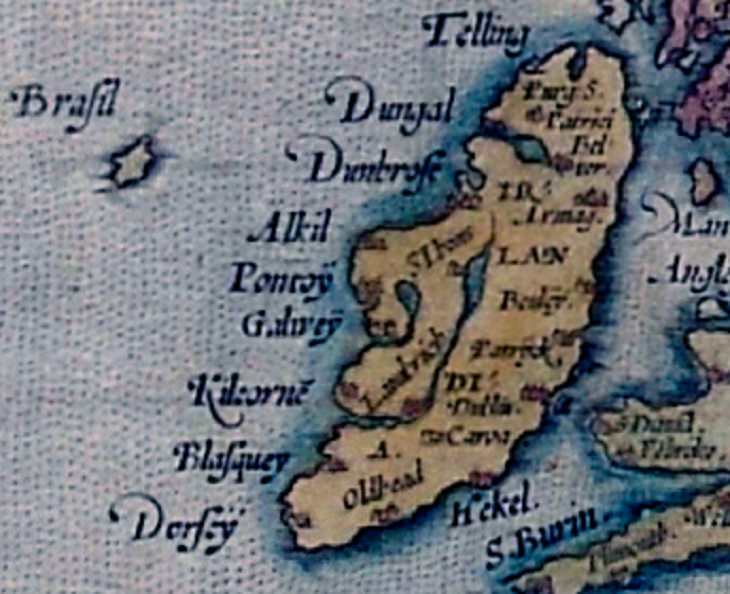 Image Source: Wikimedia Commons
Image Source: Wikimedia Commons Hy-Brasil (also called Hy-Breasal, Hy-Brazil, Hy-Breasil, and Brazir) was a mysterious island that appeared on maps from 1325 to the 1800s and is said to have existed off the West coast of the Emerald Isle. This mythical landmass was located roughly 321 km (200 miles) off the west coast of Ireland in the North Atlantic Ocean in most maps but no real traces of the island have been found to date.
The name of the island is derived from the Irish word Breasal, meaning High King of the World. According to Irish legends, Hy-Brasil was supposedly covered in mist except for one day every seven years. Countless stories and myths about the mysterious island have been spread throughout Europe for centuries. Most of the tales talked about how Hy-Brasil was the promised land of saints and monks who possess ancient knowledge and a paradise that was inhabited by a highly advanced civilization.
Despite having no proof of its existence, Hy-Brasil caught the imagination of numerous Britain-based explorers in the 15th century. Several famous expeditions were also launched during this time to hunt the place but were met without any success. Interestingly, a few explorers in the following centuries had claimed that they had indeed spotted the island and even spent some days in it. The last documented sighting of Hy-Brasil was recorded in 1872 by Robert O’Flaherty and T.J. Westropp. Westropp, in fact, claimed that the island appeared out of nowhere in front of him and his family and disappeared like magic in front of their eyes.
Today, there is no existence of the island called Hy-Brasil on any map and there are no historical documents to show what happened to it.
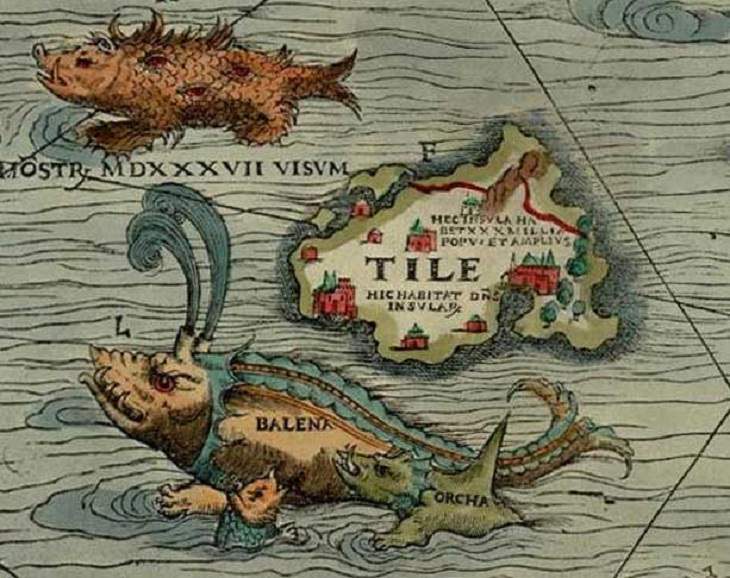
Image Source: Wikimedia Commons
The legendary island of Thule (pronounced: thoo-lee) had fascinated ancient explorers and romantic poets alike. Believed to be situated in the northern regions, near Britain and Scandinavia, or to the North West, Thule’s legend goes back to the 4th century B.C. It was ancient Greek explorer, Pytheas, who first wrote about the mystical island during his travels between 330-20 B.C. Pytheas described the people of this island as barbaric; primarily farmers living on grain, roots, and honey. He further described the land as a place where the sun rarely set and the land, sea, and air merged to form an odd jelly-like mass. It was also believed that the island housed a number of rare creatures.
The claims of this unusual island raised several doubts initially. However, Thule soon captured the European imagination. In the later years, many explorers, writers, and researchers described the island’s location as being North West of Ireland and Britain, or possibly Iceland or Scandinavia.
Thule has drawn intrigue and curiosity for centuries and the legend of supposed lost land along with its beauty and strangeness will remain one of history’s captivating mysteries.
Related Article: Full Documentary: Exploring The Lost City of Petra
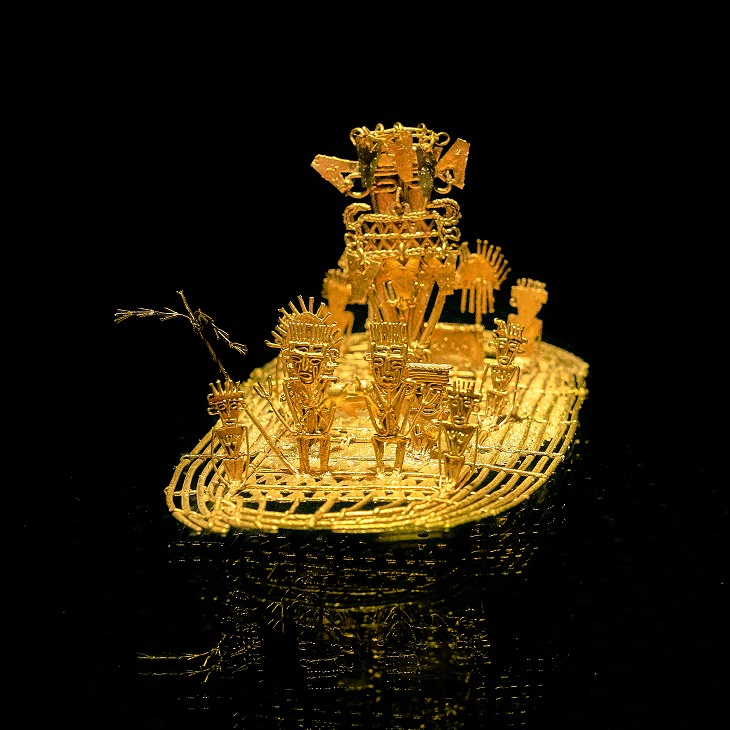
Image Source: Wikimedia Commons
El Dorado, a lost city of gold, had enthralled European explorers in the 16th and 17th centuries. This mythical city of gold, supposedly located in the unexplored regions of South America, had become the subject of obsession among countless people in that time and wasted many lives.
The myth of El Dorado began when Spanish explorers reached South America in the early 16th century and heard stories of a tribe of natives who lived high in the Andes mountains. Many accounts say that the native king of this tribe would cover himself with gold dust, and would throw the jewels and gold into a sacred lake as part of a coronation ceremony. Once the stories of this king began to spread, rumors of a golden city of unimaginable wealth and splendor too began taking shape. And thus commenced the endless and fruitless search for this famed golden city and the innumerable riches it could offer.
In 1617, the English explorer Sir Walter Raleigh traveled up the Orinoco River in search of El Dorado but had to come back disappointed. Till the 1800s, the quest for finding the city drove many people insane and even led to great violence. Then, in the same period, scientists Alexander von Humboldt and Aimé Bonpland took a research expedition to Latin America and soon labeled the city a myth.
However, the legend of El Dorado still endures because deep down all of us want it to be true. In his 1849 poem "El Dorado," writer Edgar Allan Poe shared his thoughts on how to find this mystical city: "Over the Mountains of the Moon, down the Valley of the Shadow, ride, boldly ride … if you seek for El Dorado."
Share this post with someone who loves history!